 Written by Dr. Eric Wood, ND, MA
Written by Dr. Eric Wood, ND, MA
Declared a public health emergency in 2017, the opioid epidemic continues to rise, with 3.8 percent of American adults abusing opioids every year, and as many as 80 percent of overdose deaths involving opioids. As healthcare practitioners and their patients have sought out safer, less invasive, and non-pharmaceutical alternatives for alleviating pain, the field of electrotherapy continues to gain positive attention as a viable, effective modality for pain relief.
Utilizing electrical power from an outlet or a battery, electrotherapy devices deliver pain and inflammation relief along with a host of other health benefits. Varying in frequency and waveforms, the most common electrical stimulation (e-stim) devices include, but are not limited to, TENS (transcutaneous electrical nerve stimulation), IF (interferential therapy), and NMES (neuromuscular electrical stimulation). In addition, therapeutic ultrasound is often grouped with electrotherapy, although it delivers its healing benefits with sound waves.
Unlike the use of opioids which carry a high risk of abuse, mortality, and other detrimental effects, electrotherapy is considered to be a safe, risk-free healing treatment when it is used correctly. Read on to learn more about the safe use of electrotherapy devices and any possible contraindications.
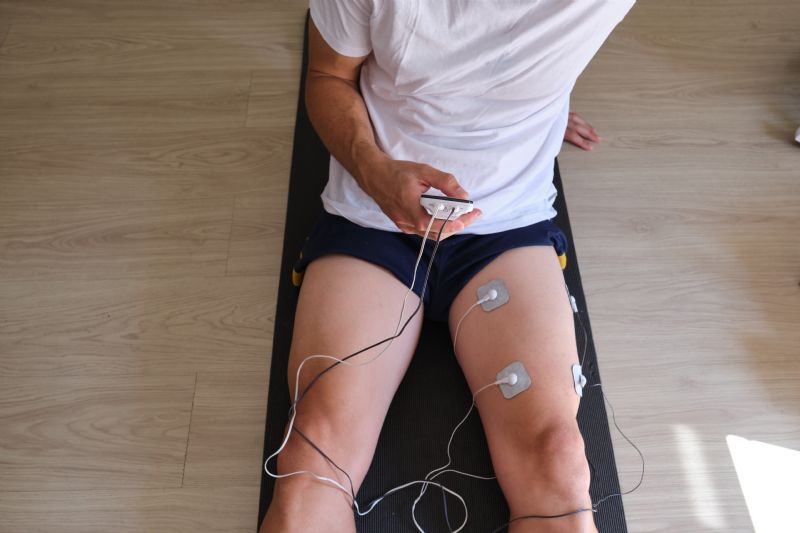
Electrotherapy should never hurt - it may feel a little uncomfortable sometimes, but if more pain arises during a session, the device should be readjusted. Although the exact mechanism of how electrical stimulation works to relieve pain is still unknown, both low-frequency and high-frequency electrotherapy machines and devices are considered quite safe with little to no risk. Positively affecting biomolecule transport and cellular activities non-invasively, electrotherapy has been shown to promote endorphin release - the natural painkillers produced by the body. Ongoing research indicates that electrical stimulation therapies may also directly block the transmission of pain signals along the nerves.
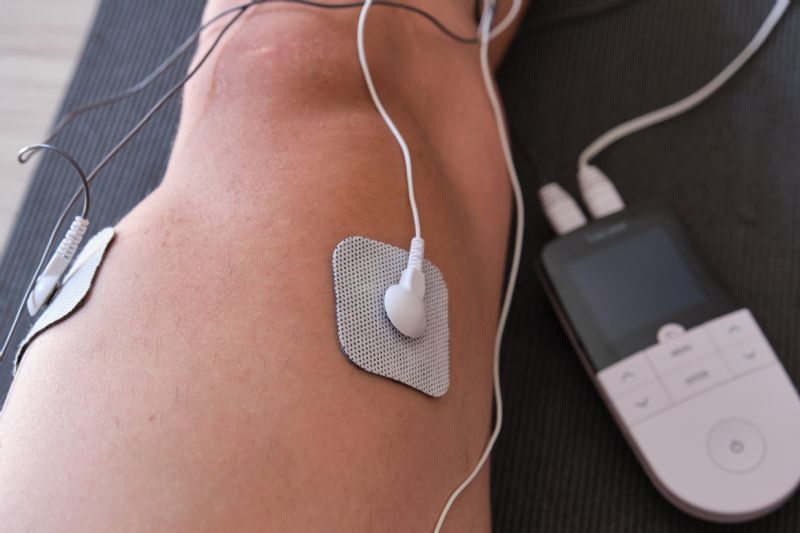
Even though the concept of using electricity on the body may sound painful, many people find the sensations relaxing. Usually causing a tingling, vibrating, or buzzing feeling, low-intensity electrotherapy may also feel like a light massage, while therapeutic ultrasound is sometimes perceived as comfortable heat. Higher intensities magnify these sensations so they are felt more deeply, resulting in muscle twitches that may feel strange to some users. In rare cases, some users have experienced a burning sensation - but this typically only happens if the intensity is set too high, or the applicator is left on the skin too long. Using the device in accordance with its instructions will ensure a comfortable electrotherapy experience.
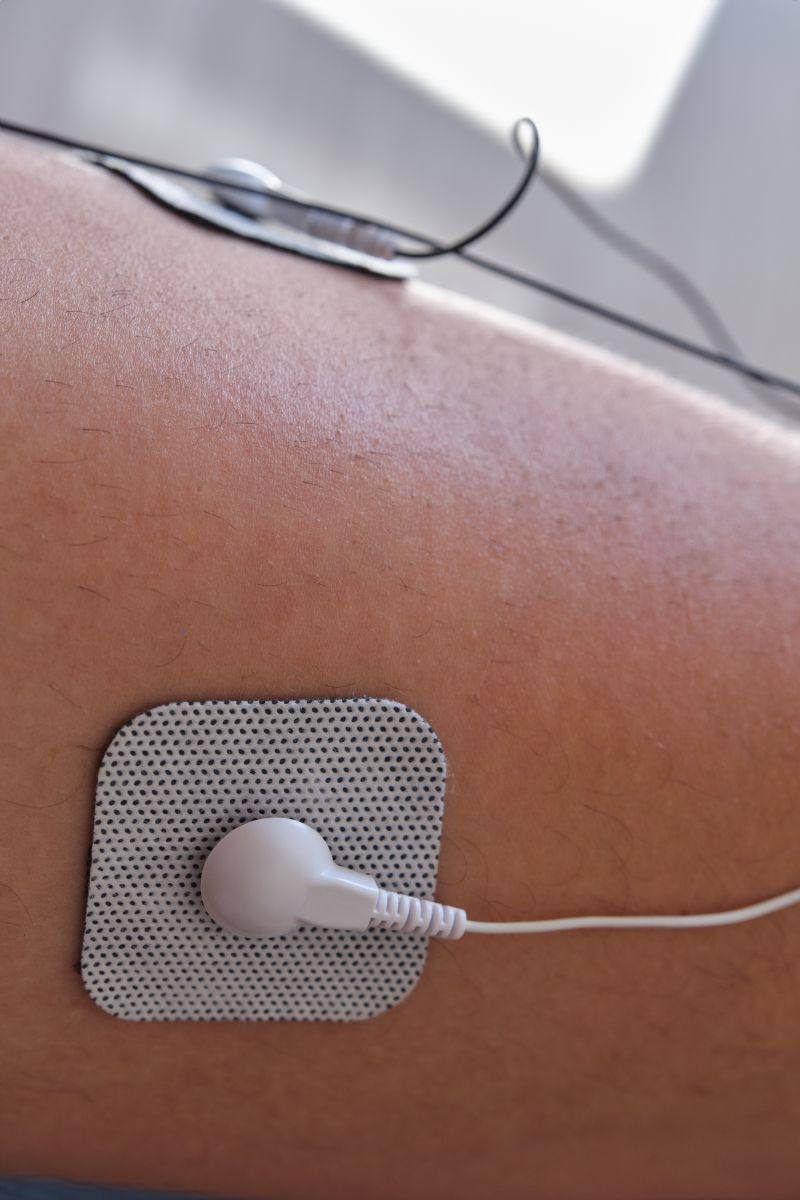
Although it doesn’t occur very often, the most common side effect of electrotherapy is skin irritation or rash. Usually caused by the user’s sensitivity or allergy to the electrode’s adhesives or the tape holding the electrodes in place, this irritation or burning sensation can also derive from overusing electrotherapy. Other rare side effects that have been reported from the use of electrotherapy include nausea, dizziness, muscle spasms, and headache. Overall, for the vast majority of people who use it, electrotherapy is believed to be safe, non-invasive, and well-tolerated with little to no side effects.
Short-term electrical stimulation is not damaging to nerve tissue, but chronic, prolonged electrotherapy does have the potential to damage the nerve structure and disturb its functionality. Generally, greater intensity, a longer pulse width stimulation, and higher frequency may lead to nerve cell damage. Exceptionally rare, any harm done to the nerves usually comes from misusing the electrotherapy device.
While electrotherapy is considered to be one of the most well-tolerated therapies, there are a few standard contraindications. Women who are pregnant and people living with cardiac pacemakers or other electronic implants may want to avoid this therapy. Electrical stimulation should never be used directly over cancerous or infected body areas, and caution is advised for people living with epilepsy. Although updated research shows electrotherapy can be safe and effective for people with heart disease, chronic obstructive pulmonary disease, and cancer, it’s best to check with your doctor before using any electrotherapy devices.
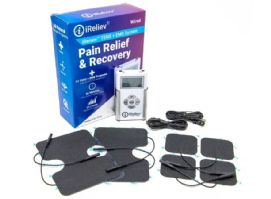 | iReliev 7070 TENS / EMS Pain Relief System from Excel Health View Product |
Stop the pain from slowing you down with the ultra-lightweight and wearable iReliev 7070 TENS / EMS Pain Relief System from Excel Health. Conveniently battery-powered, with a footprint that’s almost the size of a credit card, it’s easy to take this device anywhere so you always have effective relief at your fingertips. Upgraded from their original TENS unit, iReliev has taken pain relief and healing to a new level by adding electrical muscle stimulation (EMS).
Providing versatile and customizable electrotherapy, this innovative dual-channel system offers 14 pre-set programs, including treatment sessions for arthritis, muscle recovery, endurance, and both chronic and acute pain. Offering 25 levels of adjustable intensity, everyone is sure to find the best electrotherapy protocols to meet their unique needs. The iReliev system uses electrodes that are attached to a very small, compact, and lightweight control unit that’s easy to fasten and wear with the included belt clip holster. It’s our favorite choice for on-the-go therapy and relief.
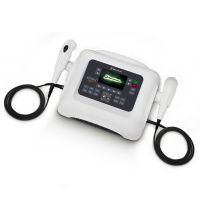 | Dynatronics Solaris 709 Plus | 5-Channel Stim/Ultrasound Machine View Product |
As a premium multi-therapy device used in hospitals, specialty clinics, rehab facilities, and other healthcare operations, the Dynatronics Solaris 709 Plus / 5-Channel Stim/Ultrasound Machine offers more therapy choices than any other combo-stim device on the market. Combining heat, light, ultrasound, and electrostimulation therapies, the brilliant Dynatronics engineering team has designed this electronic physical therapy tool to provide safe, natural, and non-invasive treatments to meet a wide range of patient needs.
The intuitive design of the Solaris 709 Plus and its user interface make it easy to navigate, read, and control, with optional upgrades that include different types of probes, light pads, and a cart to further customize its use to meet your particular requirements. As the only medical-grade device that accommodates 1, 2, and 3MHz ultrasound treatments, the all-in-one design enables various therapies to be used simultaneously or one at a time as needed. Improving the patient-doctor relationship as the most technologically advanced therapy tool, the Solaris 709 Plus is our favorite choice for clinical electrotherapy and ultrasound applications.
As a popular, patient-friendly therapeutic modality quickly gaining interest from healthcare professionals and their patients, electrotherapy helps to relieve pain with very little to no risk for most people. Safe and non-invasive, electrical stimulation is an optimal drug-free choice over pain-killing and highly addictive medications like opioids that continue to cause much harm to Americans.
Demonstrated to be an effective pain management tool, electrotherapy does come with some contraindications practitioners and patients should be aware of, along with some rare reports of minor side effects. But its broad applicable use and toleration make it a viable choice for most people.
Thanks for taking the time to read this article and learn more about electrotherapy. We invite you to learn more about the tools for the job of living that can help you and your loved ones get more out of life at our Caregiver University blog.

Dr. Wood is a licensed naturopathic doctor in Washington D.C. and founder of Visionary Health. A graduate of the Canadian College of Naturopathic Medicine, Dr. Wood is a professor at John Patrick University in the Integrative and Functional Medicine Department as well as an adjunct professor at the American College of Healthcare Sciences in Holistic Nutrition. He began his career as a specialty physician for two leading supplement US companies, Neuroscience Inc. and Life Extension. Over his fifteen-year career in integrative and holistic medicine, he has worked in diverse capacities including as an educator; writer; medical advisor, consultant and formulator for supplement companies and treatment centers in the US and the EU; public speaker; and clinician. He has long been a practicing advocate of lifestyle medicine, fitness and mind body medicine approaches initially spurred by aging family members not getting help from traditional medicine and is passionate about innovating and bringing natural and integrative medicine to the masses!